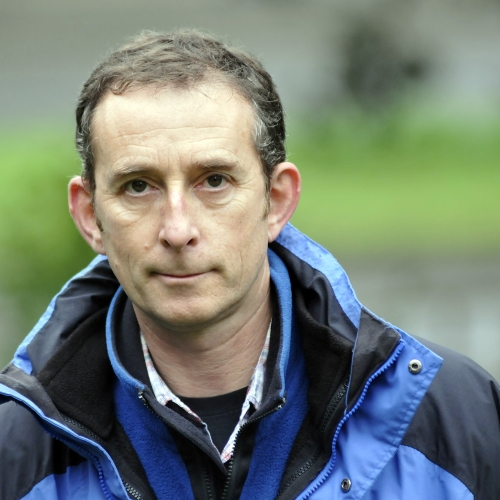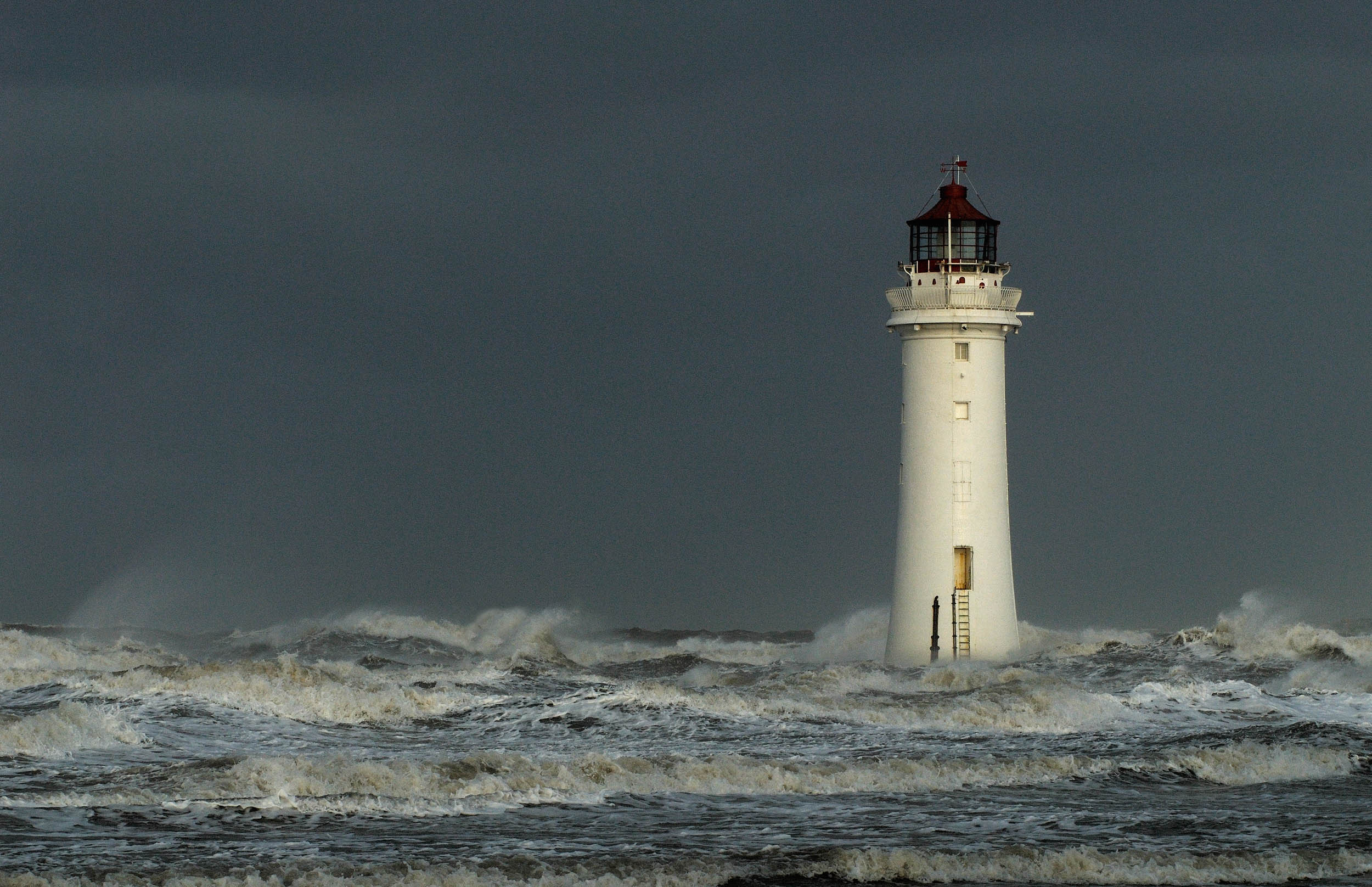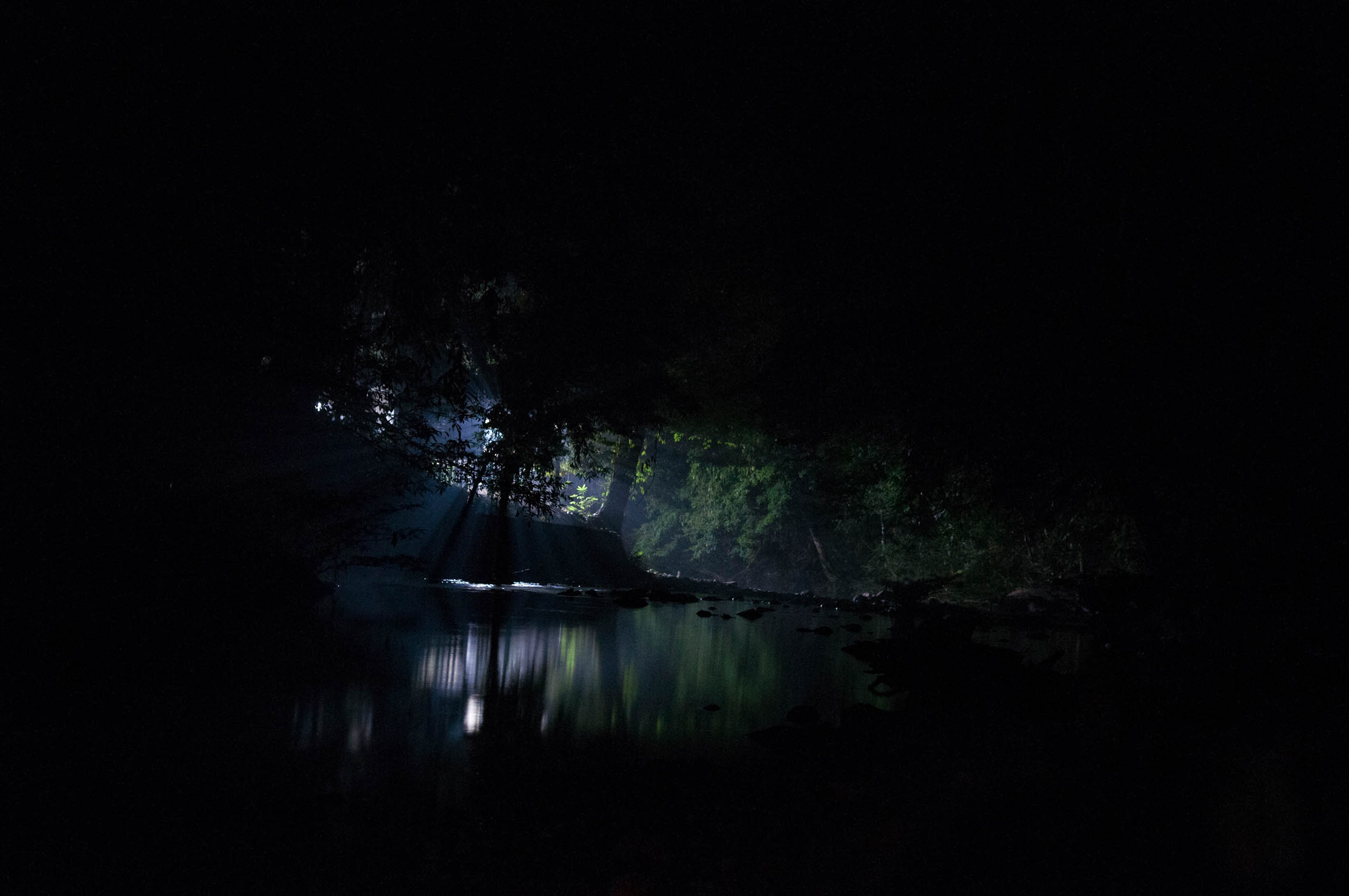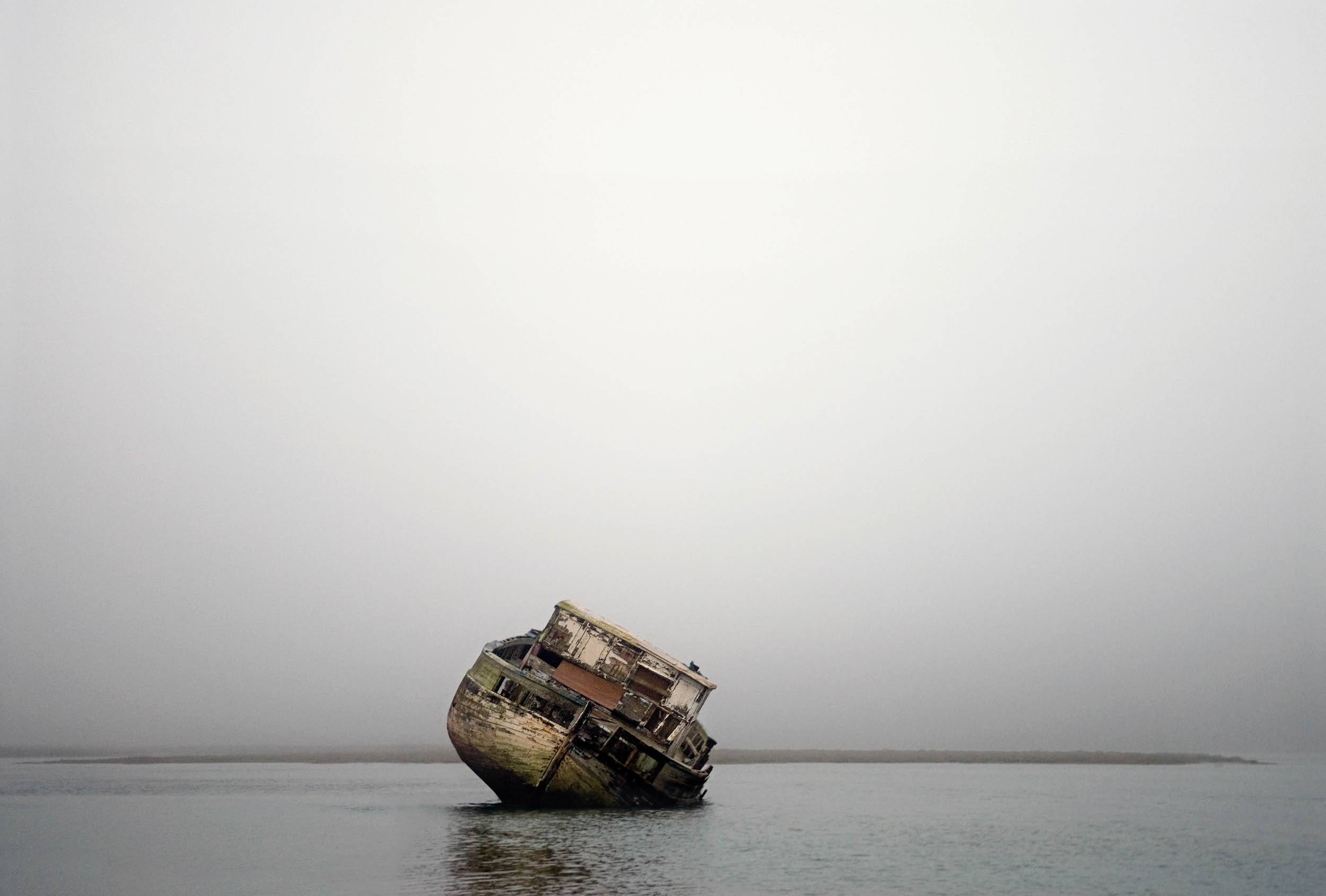
Image: Adrian Brown.
Adrian Brown is a Landscape photographer and a lecturer of Falmouth’s Marine & Natural History Photography course.
He recalls his never-ending passion for photography:
“I’ve always wanted to become a photographer. I was passionate about being in the outdoors. I was always drawn to cameras, optics and light, I was interested in the mechanics of it. I loved art but couldn’t draw very well, and I realised that I could make the camera do what I can’t do with my hand and a pencil. I’ve been passionate about all things photography from day one.”
Adrian’s work is quite minimalist, it’s structured, in the way he composes the imagery. He utilizes mist and other nature-based tools to refrain from over-editing. He explained, “I use mist and fog quite a lot, as an underlying component.” Emphasizing his attempt to get rid of other elements that he doesn’t necessarily want.
“I quite like the fact that the images I take are desaturated, with minimalist colour, that may have something to do with the fact that I have a certain degree of colour blindness. I like to strip images back to their basic, fundamental components.”
Adrian shared his thoughts on photography’s role in conservation:
“Photography is definitely a very important, and relevant tool for conservation, whether that be on ecosystems, deforestation, climate change, rewilding, biodiversity, it sparks more conversations and public concern of these matters. if you can align those impactful stories with really strong imagery, it helps a tremendous amount in raising public awareness. Take the Australian bushfires for instance, some of the imagery that came out of that had a massive impact. You always hope these images would help generate a much broader debate and be a cause for change.”
Adrian also talked about his work in the field:
Adrian worked with Martin Holland, founder of the Heart of Borneo – a project to protect the biological, ecological, and cultural richness of the rainforests of Borneo. They were working on a Rapid Assessment Visual Expedition with The Heart of Borneo Project. They spent time in northern Borneo in their jungle, to produce a body of work, that the local Indigenous population could use to promote eco-tourism. The locals wanted to protect their primary rain forest from logging.
Adrian also works in Iceland every year, the content creation is based around global warming, looking at glacier deflation and where the glacier is withdrawing.

The wreckage of a Derelict DC3 left abandoned by the US Airforce in Vik, Southern Iceland – Adrian Brown
“I was fortunate enough to have gone to the dessert in Kuwait, I was absolutely blown away with the minimalist nature of them. I’m drawn to the rural and urban dereliction and would always head back there if I can. “

Desiccated camel with only its head left, in the deserts of Kuwait, up near the Iraqi border – Adrian Brown
Adrian shared some tips and advice to anyone interested in the field of photography:
” Read loads and look at loads of imagery. Become informed, follow your desire and never give up. You need to have a broad breadth of influences, Instagram is a starting point but its absolutely so linear, it needs to be much deeper than that, you need to understand the image and for that, you need diverse breadths of influences.
It’s not easy, but if you have a single-minded desire to make a difference and you are dedicated to show your audience the world as you see it. The joy will come through. “
Here’s a simple infographic created for any beginner interested in photography:
Image: Elle Wong





